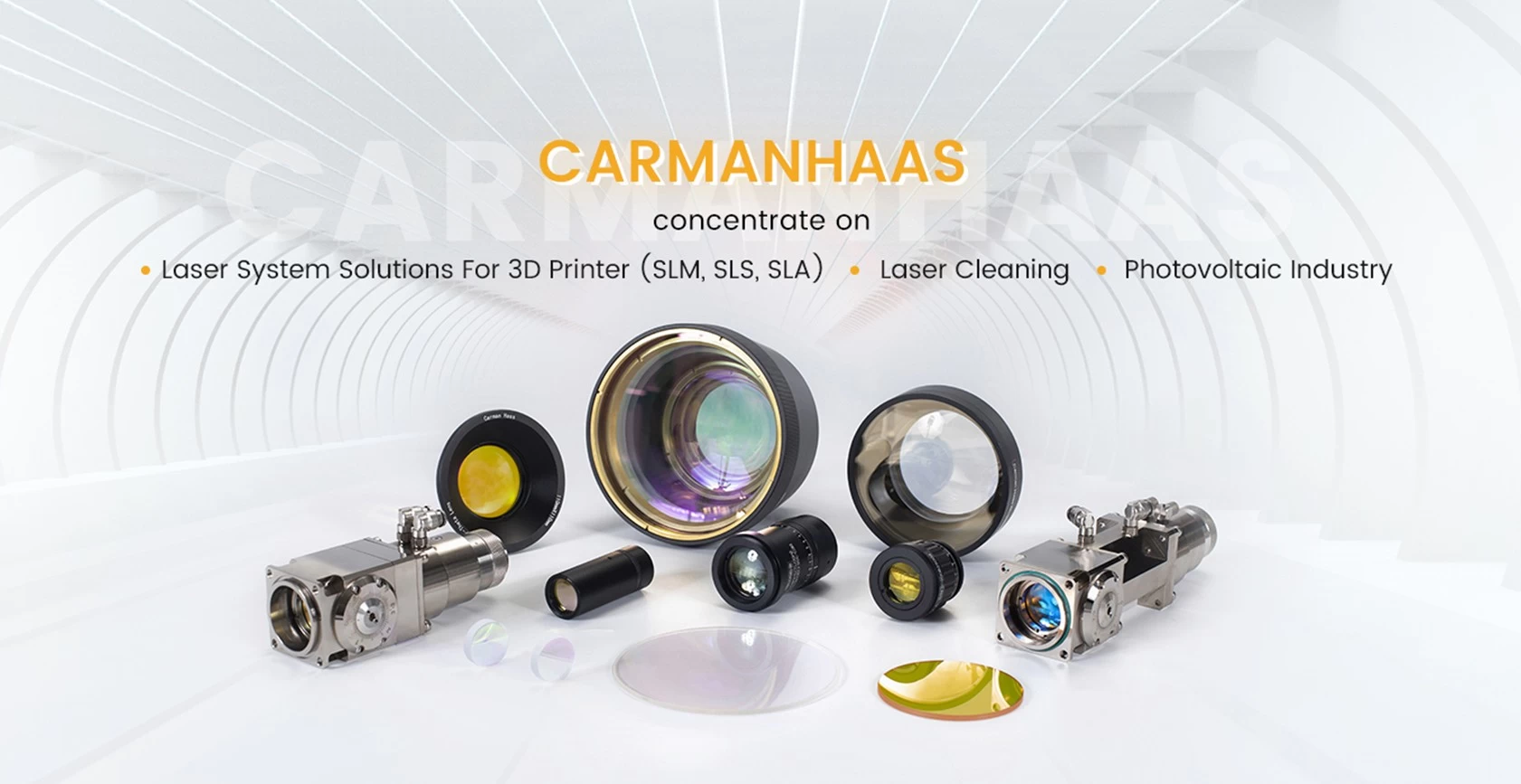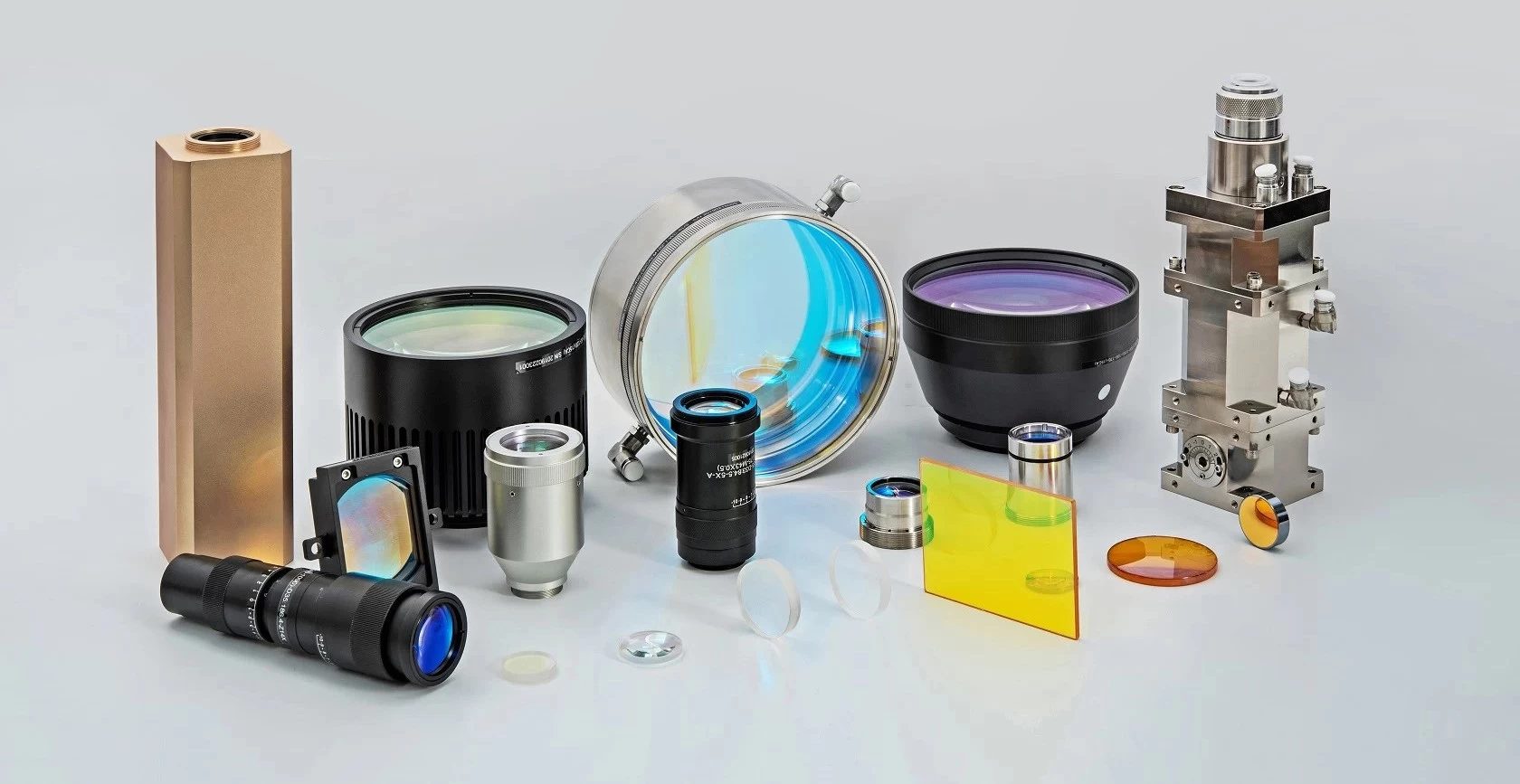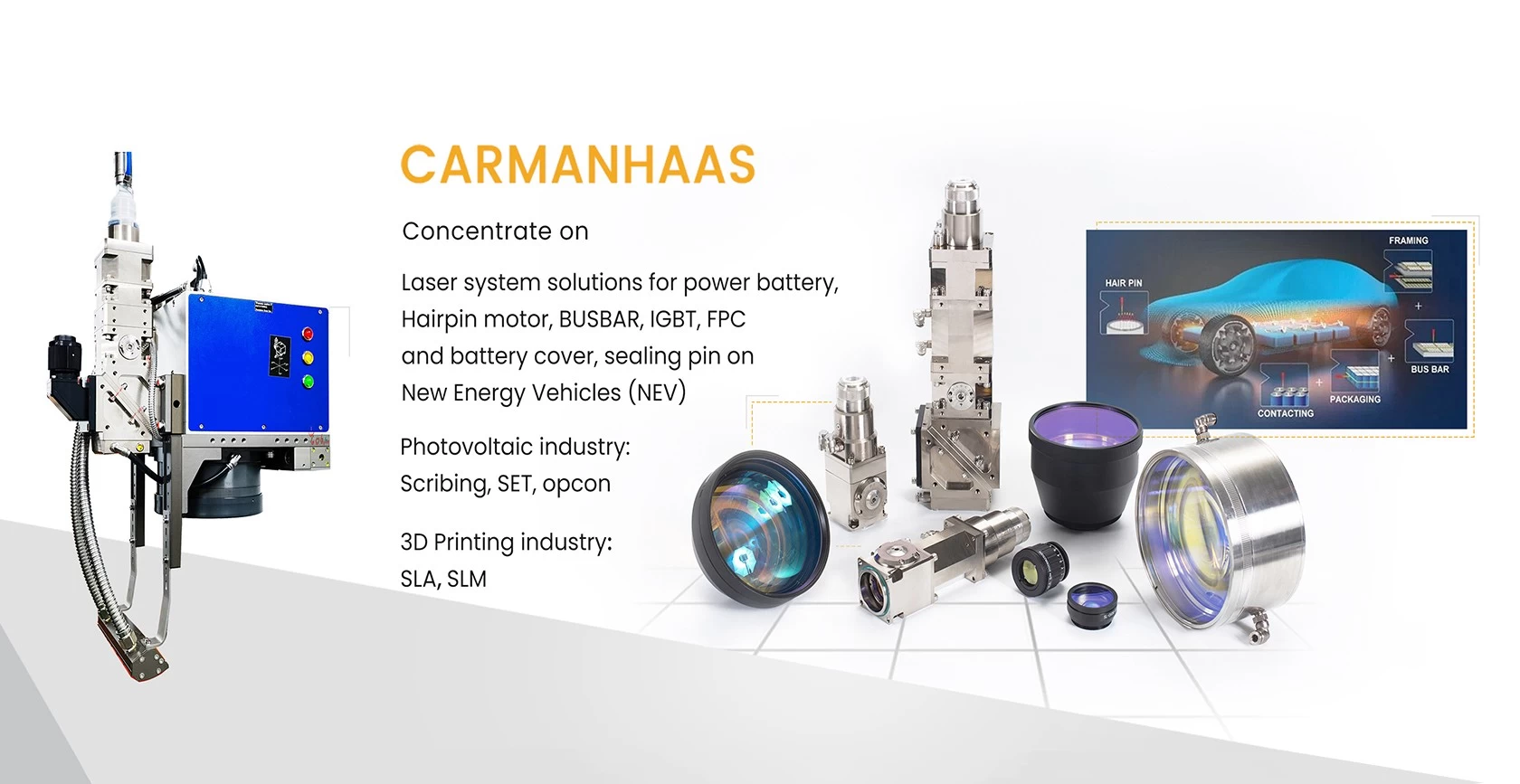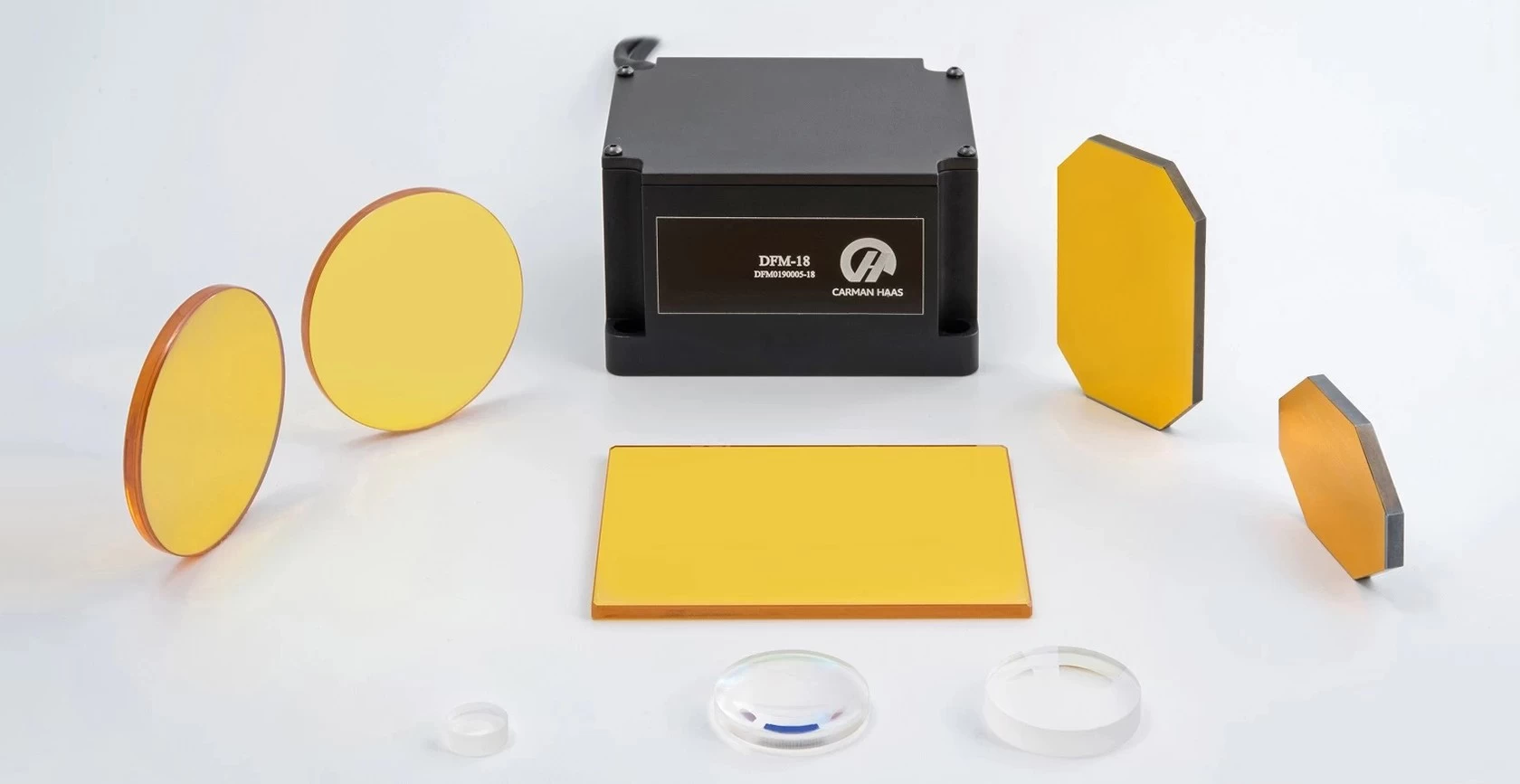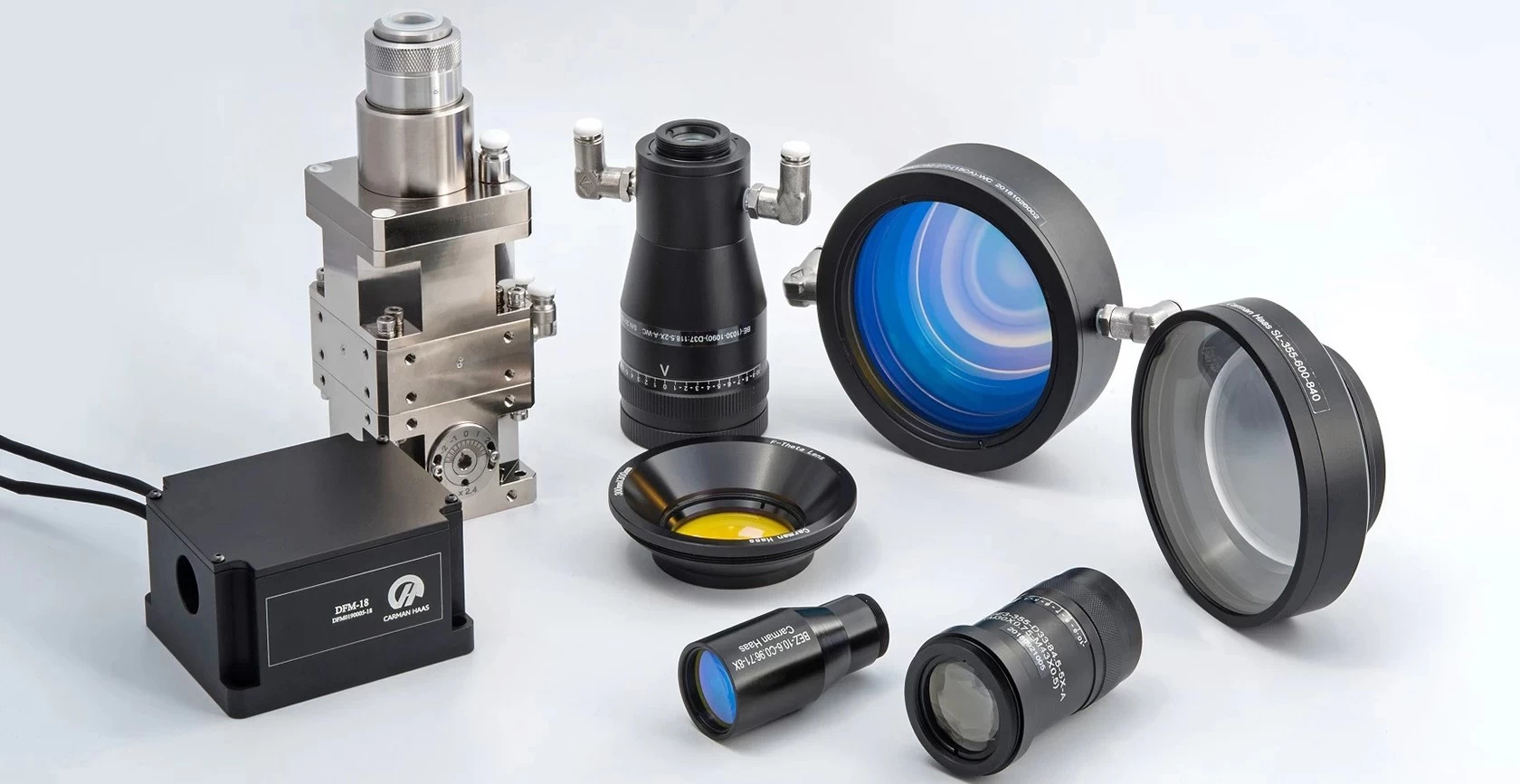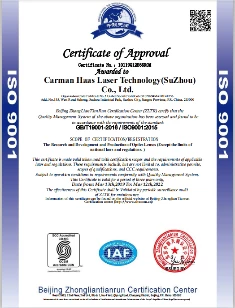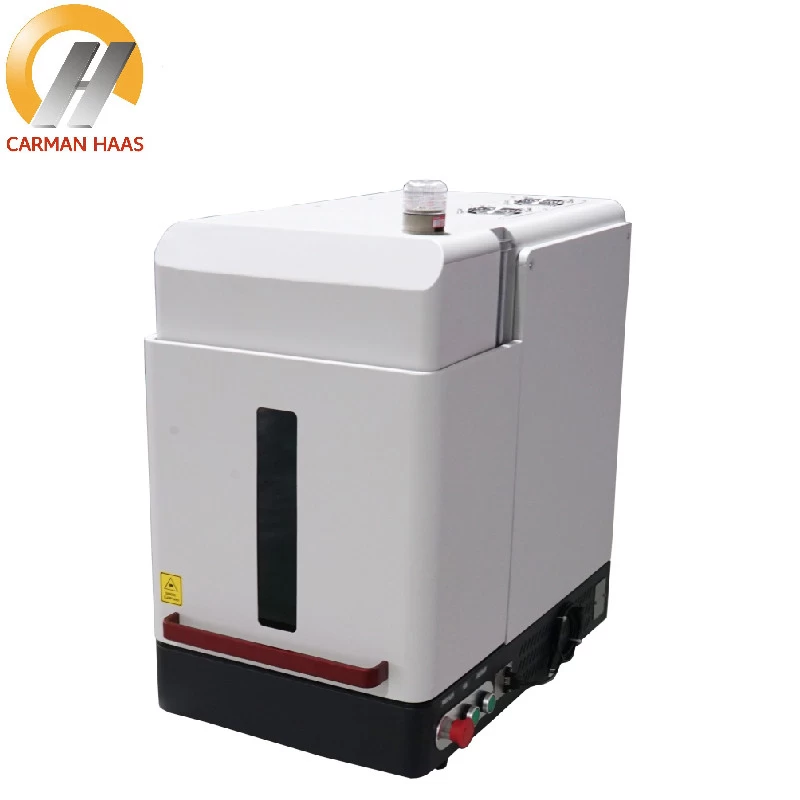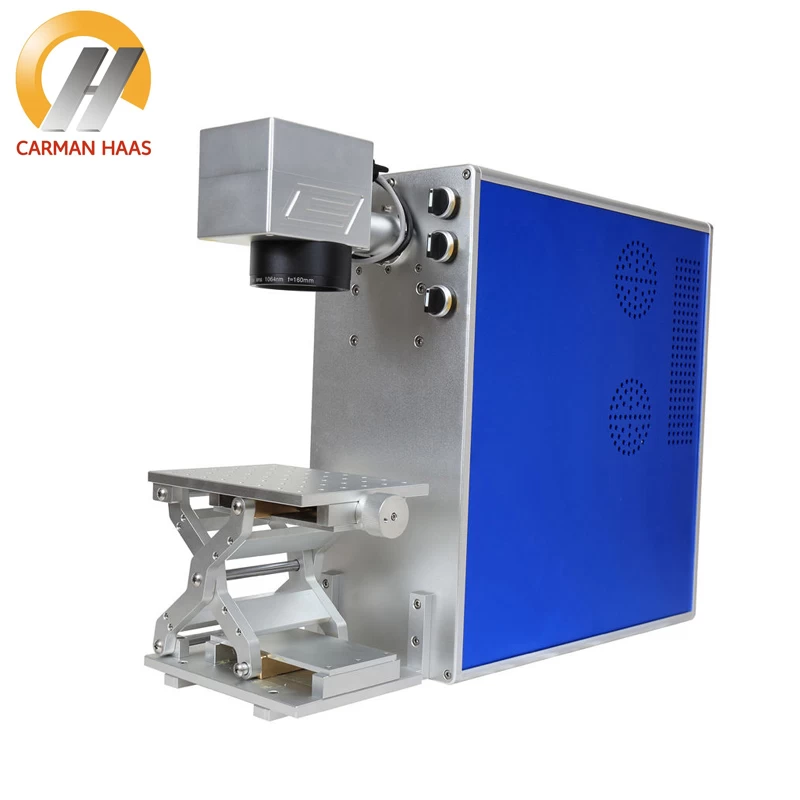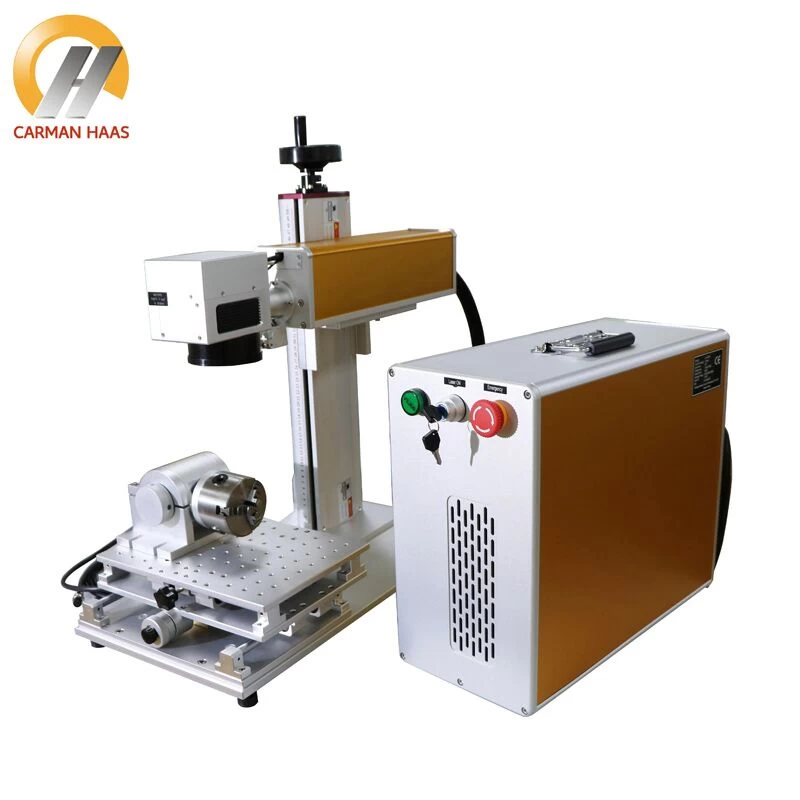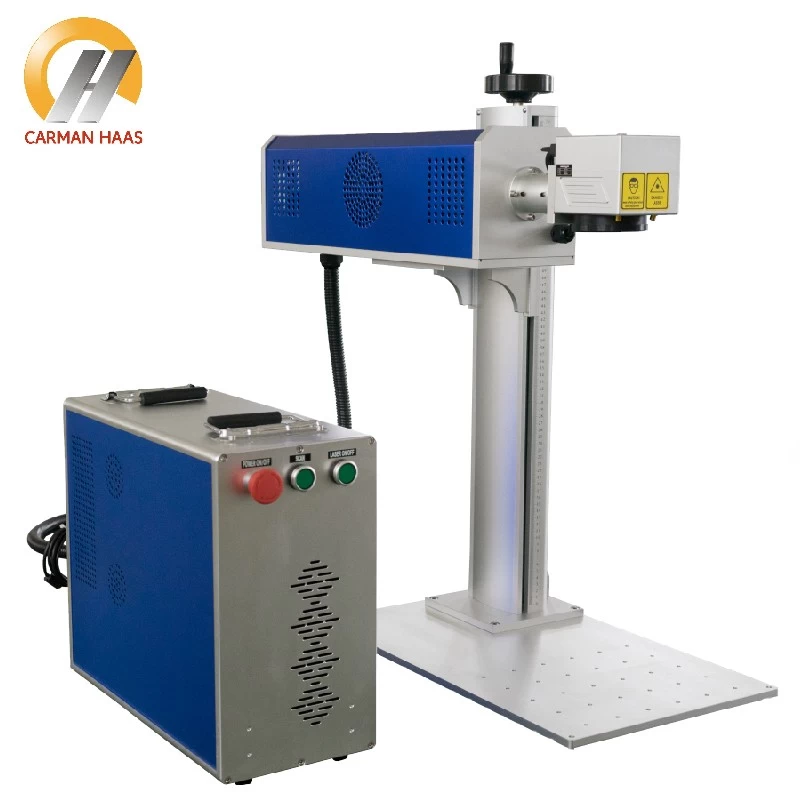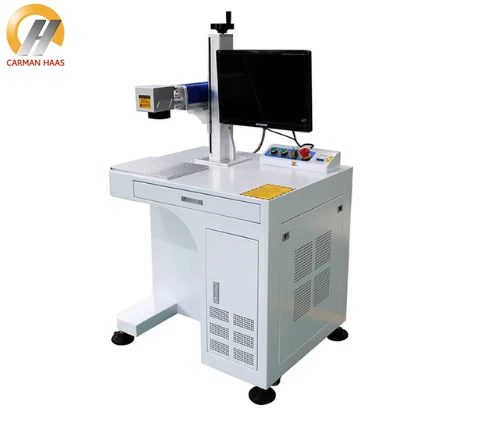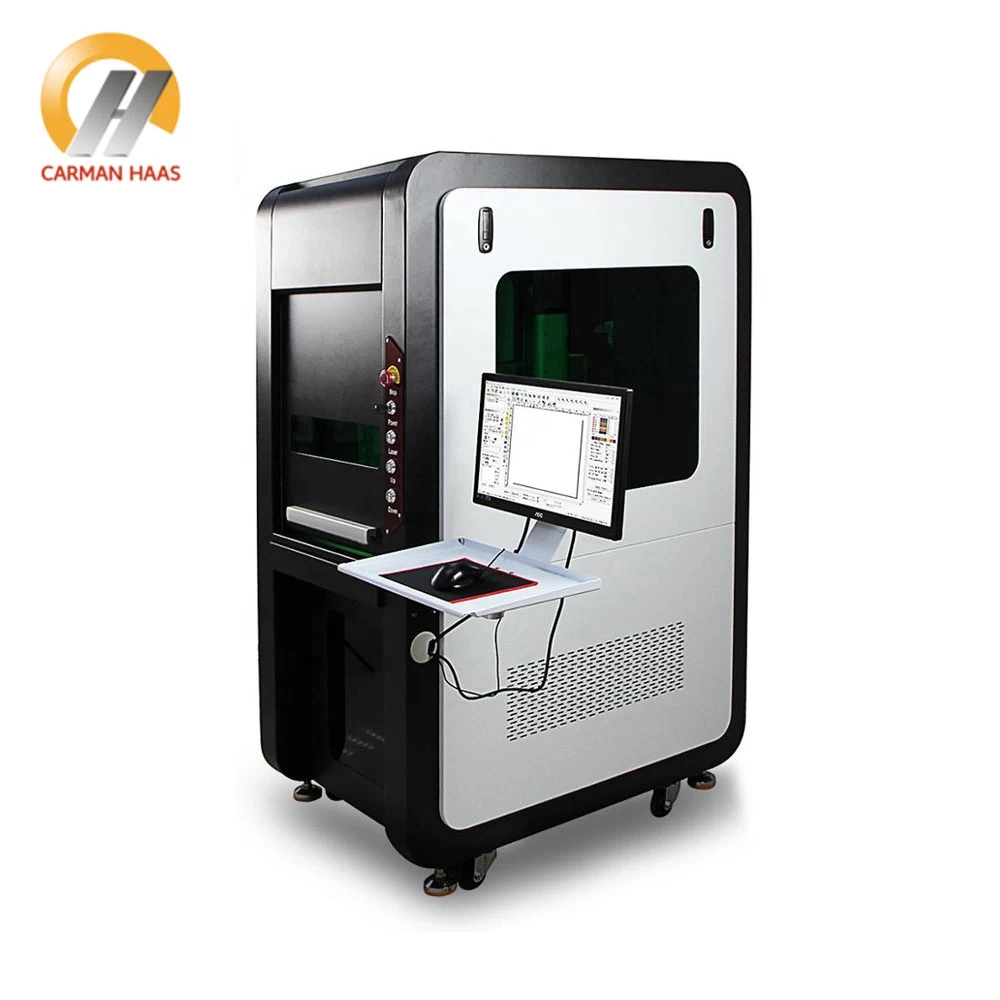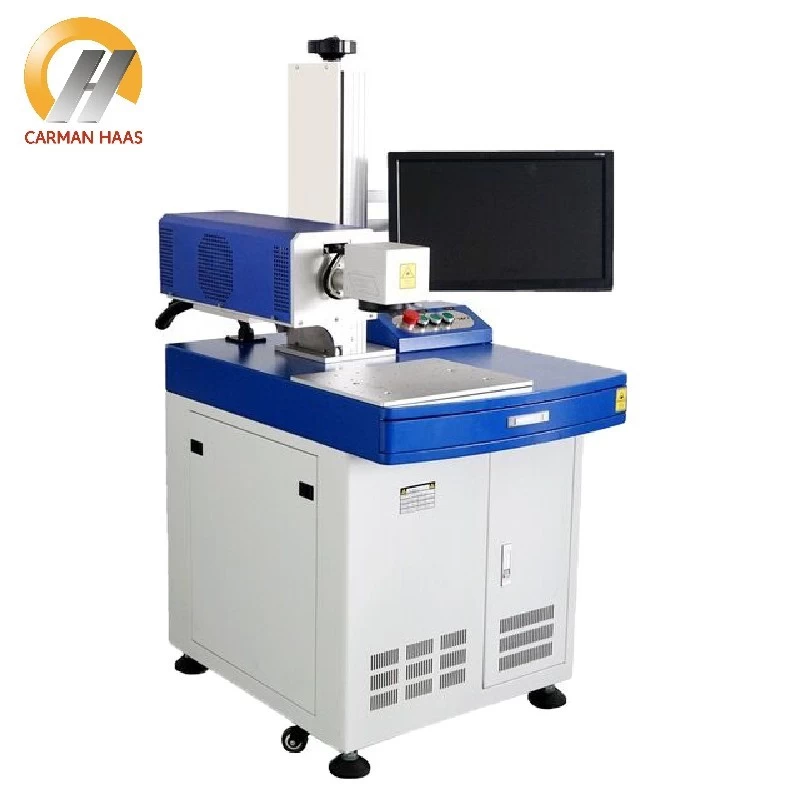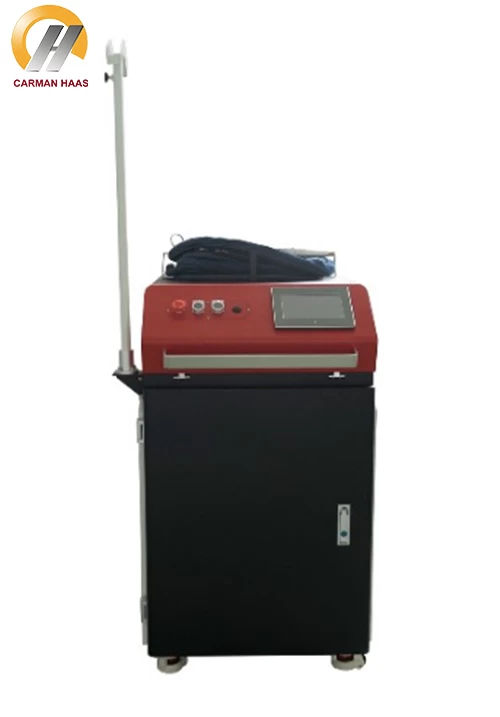3D printing technology-Metal Powder Bed Fusion
Generally speaking, the 3D printing process is divided into 3 steps. First, use computer software for modeling and design, then slice the built model into sections, and finally print these cross-sections layer by layer through a printer to get a three-dimensional The finished product.
The working principle of a 3D printer is basically the same as that of an ordinary printer, except for the distinction between printed materials. Ordinary printers output 2D images or graphic digital files on paper through ink; while 3D printers use real raw materials (such as metals, ceramics, plastics, sand, etc.) to convert the "printing materials" through computer control. Layers are superimposed to finally turn the blueprint on the computer into a real thing. Today, Carmen Haas (SLM Optical System Supplier China) will introduce to you the 3D printing technology of metal powder bed melting:
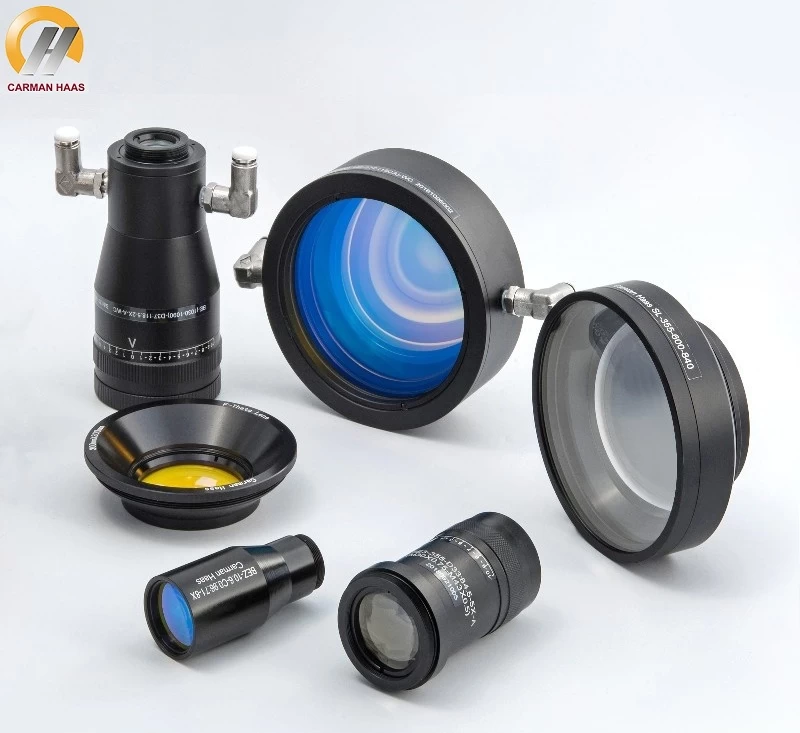
Common processes: DMLS (direct metal laser sintering), SLM (selective laser melting) and EBM (electron beam melting).
DMLS: It can be used to build objects with almost any metal alloy. Direct metal laser sintering spreads a very thin layer of metal powder on the surface to be printed. The laser slowly and steadily traverses the surface to sinter this powder, and the internal particles of the metal fuse together, even if they are not heated to a completely molten state. An additional layer of powder is then applied and sintered to "print" one cross-section of the object at a time. After printing, the object will slowly cool down, and the excess powder can be recovered from the build chamber and recycled. The main advantage of DMLS is that the objects it produces have no residual stress and internal defects, which is extremely important for metal parts under high stress (such as aerospace or automotive parts), but the main is that it is very expensive.
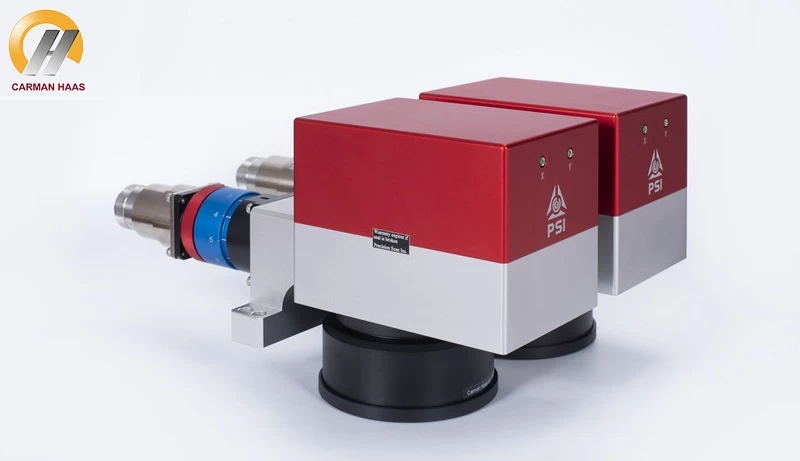
3D Printing Metal on Sale Factory
SLM: The use of high-power lasers to completely melt each layer of metal powder, not just sintering, so that the printed objects produced are very dense and strong. Currently, this process can only be used for certain metals, such as stainless steel, tool steel, titanium, cobalt-chromium alloys, and aluminum. The high temperature gradient that occurs in the SLM manufacturing process can also cause stress and dislocation in the final product, which will damage the physical properties.
EBM: It is very similar to selective laser melting and can generate dense metal structures. The difference between these two technologies is that EBM uses an electron beam instead of a laser to melt metal powder. Currently, electron beam melting can only be used for a limited number of metals. Although cobalt-chromium alloys can also be used, titanium alloys are still the main raw material for this process. This technology is mainly used to manufacture parts for the aerospace industry.
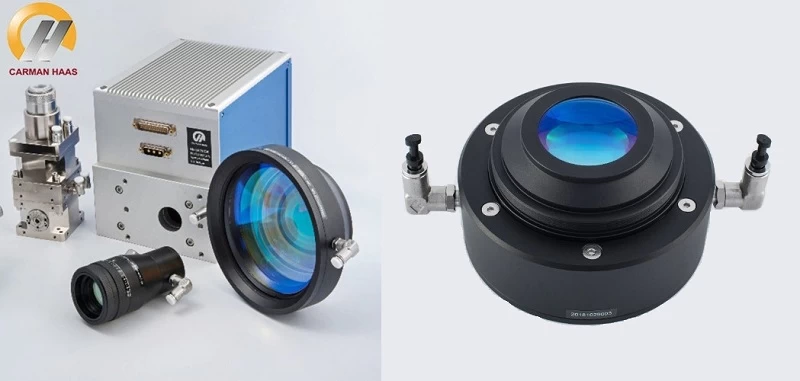
China 3D Printer Metal Wholesales
Technical advantages: Almost any geometric shape can be manufactured with high precision. A wide range of metals are used, including the lightest titanium alloy and the strongest nickel superalloy, which are difficult to process with traditional manufacturing techniques. The mechanical properties can be comparable to forged metals, and can be machined, coated and treated like traditional metal parts.
Technical disadvantages: high material, mechanical and operating costs. The parts must be connected to the build plate through a support structure (to prevent warping), which generates waste and requires manual post-processing and removal. The build size is limited, and metal powder handling is dangerous, requiring strict process control.



